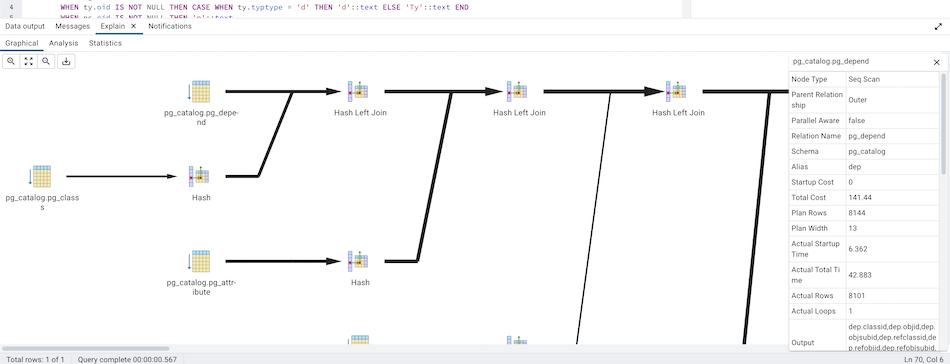Let's be real: pgAdmin is functional but it's not winning any UI design awards. The interface looks like it was designed in 2010 and performance can be sluggish, especially when you try to view large tables. But it's free, it works, and it's what you get when you install PostgreSQL.
The pgAdmin project has been around since the early 2000s, with pgAdmin 4 being a complete rewrite in Python and JavaScript. This rewrite solved some problems but created new ones - mainly that it's now a web app masquerading as desktop software.

Why You'll End Up Using It Anyway
pgAdmin 4 is a Python Flask web application that pretends to be a desktop application. You can run it locally or deploy it as a web server for your team. The current version supports PostgreSQL 11 through 17, which covers everything you're likely using in production. It's built on Flask and uses SQLAlchemy for database operations.

As of August 2025, the latest version is pgAdmin 4 v9.7 (though knowing pgAdmin, there's probably a v9.8 by the time you read this). Check the official releases if you want the actual current version.
The truth is, most PostgreSQL shops use pgAdmin because it's there. It handles the basic stuff: connecting to databases, browsing schemas, running queries, and managing users. The query editor has syntax highlighting and basic autocomplete, which beats typing blind in psql. The connection management supports SSL, SSH tunneling, and authentication methods.
What Actually Works
The query tool is decent for running ad-hoc queries, but don't expect DataGrip-level intelligence. You get syntax coloring and it remembers your query history. The data grid works fine for small result sets but will lock up your browser if you try to view a table with 100k+ rows without a LIMIT clause.
The object browser on the left shows your database structure in a tree. Right-click on tables, views, or functions to get context menus for common operations. It beats memorizing PostgreSQL's cryptic \d commands if you're more of a point-and-click person.

Backup and restore work through a GUI wrapper around pg_dump and pg_restore. It's slower than running the commands directly but saves you from looking up the syntax every damn time.
The Performance Reality
Here's what they don't tell you: pgAdmin loads entire result sets into memory. Query a million-row table without a LIMIT and you'll be waiting forever. The interface becomes unresponsive with large datasets, and don't even think about editing big tables through the GUI. I learned this the hard way when I crashed our staging environment trying to view a log table with 2 million rows.
The Docker deployment works but you'll spend time figuring out the networking if you want to connect to PostgreSQL containers. The official docs skip the parts that actually break.
When You'll Want Something Better
If you're doing serious PostgreSQL work, you'll eventually hit pgAdmin's limits. The query editor is basic compared to proper IDEs. There's no real code intelligence, no advanced refactoring, and the debugger for stored procedures exists but it's clunky.
For teams, the multi-user setup involves configuring web servers and authentication, which is a pain unless you enjoy that sort of thing. Most teams end up with everyone running their own local copy instead of bothering with shared deployments.
Bottom line: pgAdmin gets database browsing and basic query work done. It's free, it's there, and it connects to PostgreSQL reliably. Just don't expect it to be fast or pretty, and keep psql bookmarked for when you need actual performance.
Most PostgreSQL developers end up in a love-hate relationship with pgAdmin. You'll curse it when it locks up on large datasets, but you'll keep using it because pointing and clicking through database schemas beats memorizing psql commands. That's pgAdmin's real strength: it makes PostgreSQL accessible to people who don't want to live in the command line.


